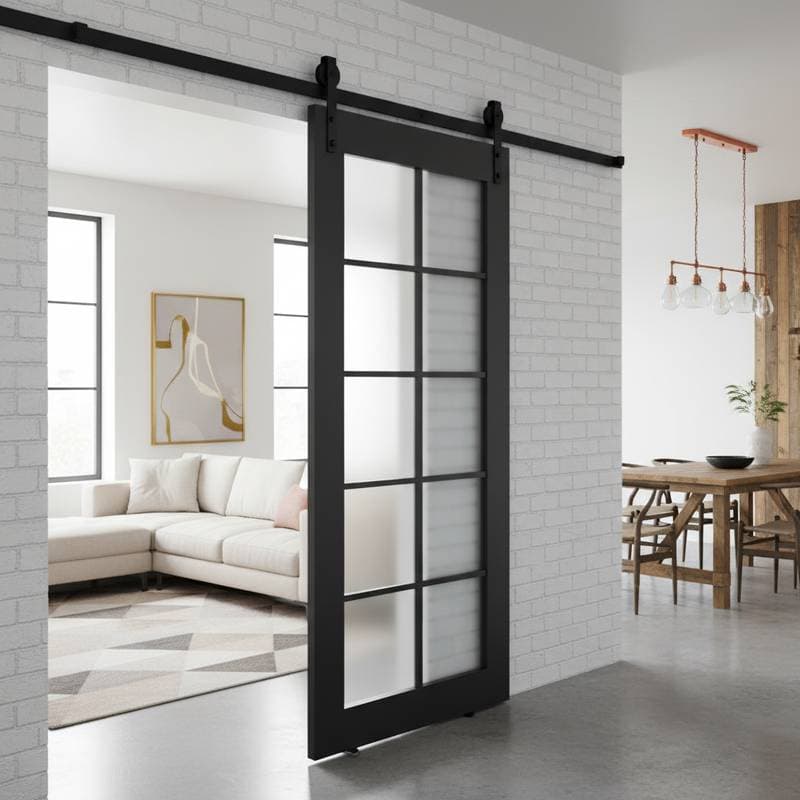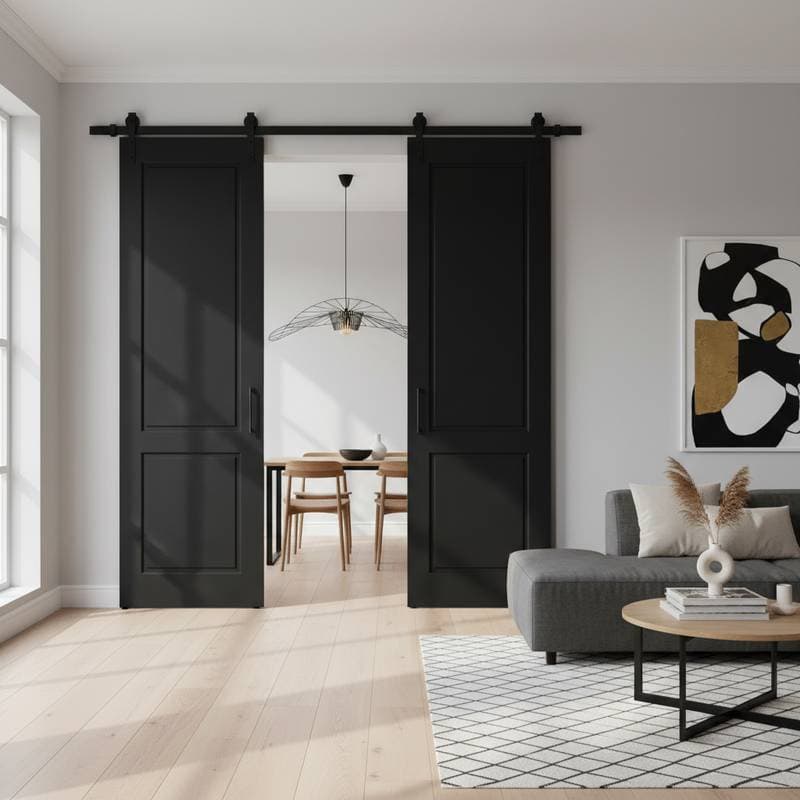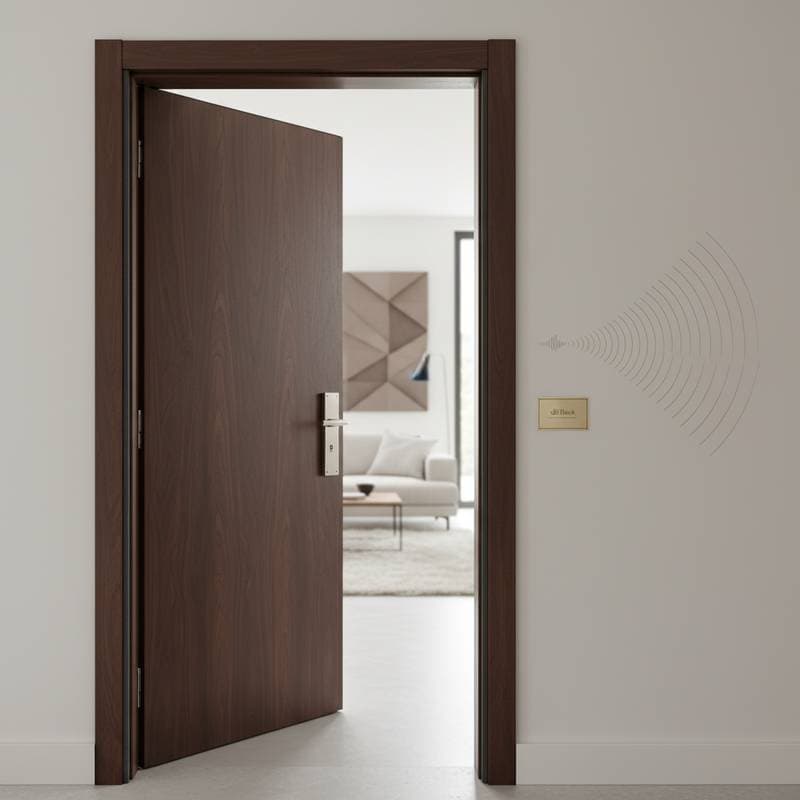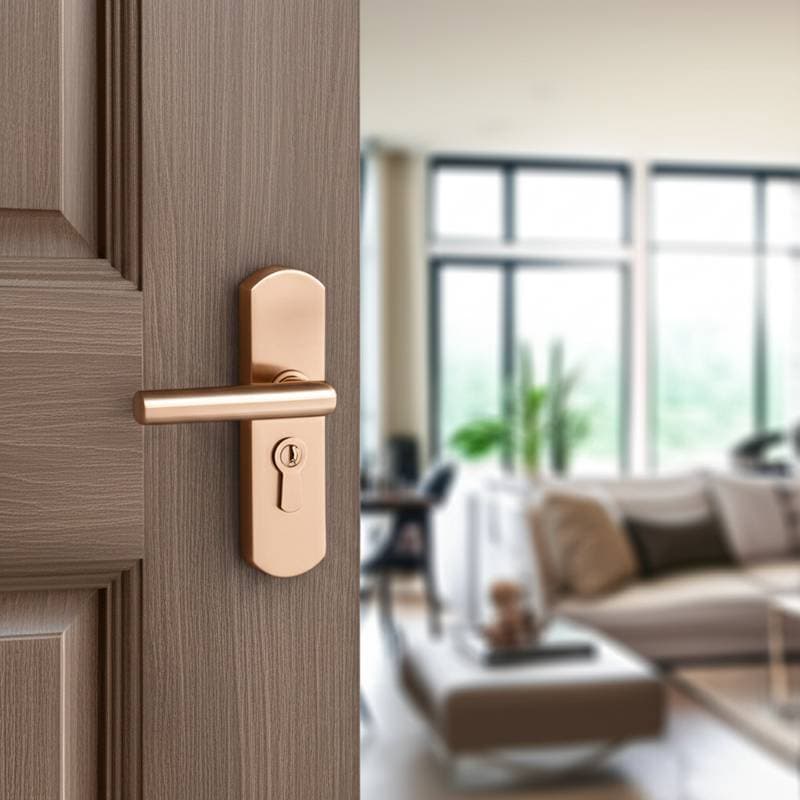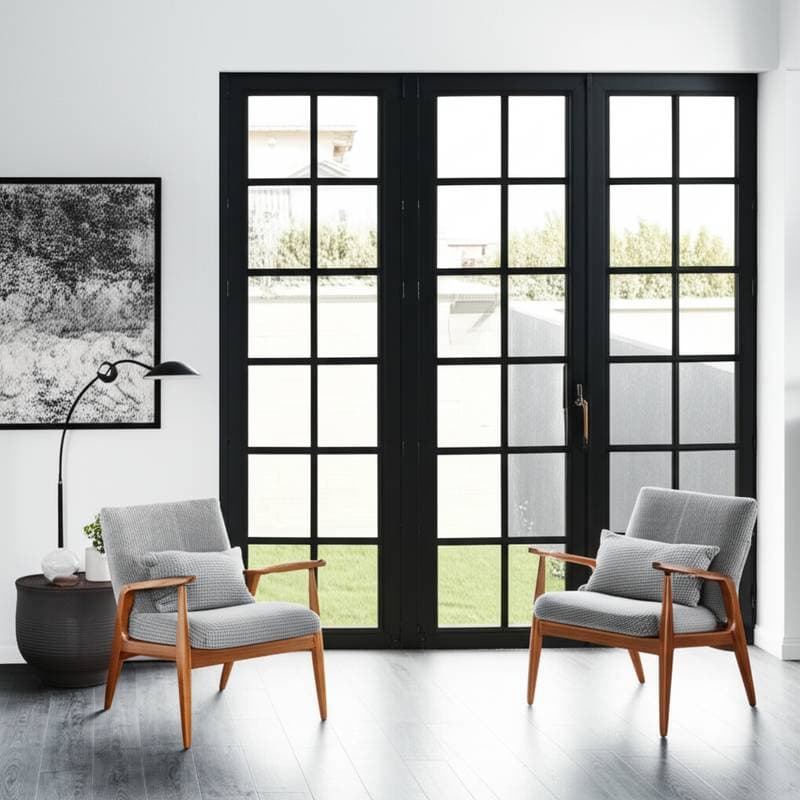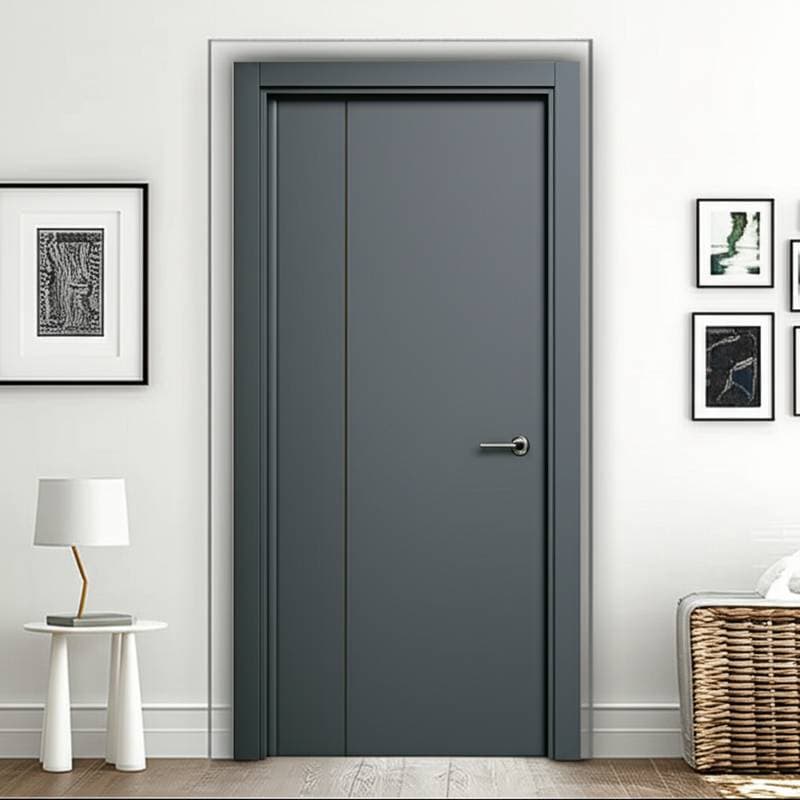Steel Barn Door Tracks in 2025: A Guide to Costs and Design Choices
Steel track systems for barn doors continue to shape interior spaces by offering robust support and refined aesthetics. These installations, once confined to farms and factories, now enhance homes from urban lofts to suburban kitchens. Homeowners appreciate how steel tracks provide reliable performance while integrating seamlessly into diverse design themes.
Understanding the Cost Range for Steel Barn Door Tracks
Homeowners often start with budget considerations when selecting steel barn door tracks. Prices typically fall between $200 and $900 per door, covering the track, essential hardware, and basic installation. Factors such as track length, weight capacity, and custom finishes determine the final amount, with larger or specialized setups potentially exceeding $1,200.
The following table outlines common options and their associated costs:
| Material/Service | Cost Range | Key Features |
|---|---|---|
| Standard Steel Track Kit | $200 to $350 | Track, rollers, and basic mounting hardware included |
| Heavy-Duty Industrial Track | $400 to $700 | Designed for solid-core or oversized doors |
| Custom Powder-Coated Track | $500 to $900 | Offers tailored colors and enhanced corrosion protection |
| Professional Installation | $150 to $400 | Includes precise mounting and alignment |
For projects involving multiple doors or ceiling-mounted tracks, budget extra for reinforced supports and extended labor. Consulting a local supplier early helps align choices with specific space requirements.
Why Steel Tracks Stand Out in Modern Interiors
Steel tracks attract attention for their combination of industrial resilience and elegant form. Compared to aluminum, which suits lighter applications, or wood, which demands more upkeep, steel handles heavier loads and endures longer. This material choice supports doors up to 300 pounds while maintaining a polished appearance in varied environments.
Design consultant Maria Lopez from Loft Interiors in Chicago notes, "Steel barn door tracks give you smooth movement and unmatched strength. They fit minimalist spaces just as well as reclaimed wood designs."
Such adaptability positions steel tracks as a versatile solution for high-use areas like entryways or dividing open-plan rooms.
Exploring Finishes and Material Variations
Steel barn door tracks come in several finishes, each tailored to specific durability needs and visual styles. Select based on the room's exposure to moisture or desired texture to ensure long-term satisfaction.
| Finish Type | Appearance | Durability | Best Use |
|---|---|---|---|
| Raw Steel | Industrial gray tone | Moderate | Rustic or vintage interiors |
| Brushed Steel | Smooth matte finish | High | Modern or transitional designs |
| Powder-Coated | Wide color range | Very high | Moisture-prone spaces like bathrooms |
| Blackened Steel | Deep matte black | High | Contemporary or industrial settings |
Powder-coated options excel in kitchens by resisting scratches and humidity. For living areas, brushed or raw finishes highlight the metal's natural character without overwhelming the decor.
Elements That Shape Your Project Budget
Several variables influence the overall expense of a steel barn door track system. Track length stands out as a primary driver; a standard 6- to 8-foot track suits single doors, but double configurations demand 12 feet or longer, increasing material needs.
Door weight also plays a role, as solid wood or glass panels require heavy-duty tracks with reinforced rollers. Mounting surface matters too: drywall installations benefit from added blocking for stability, while masonry walls call for heavy-duty anchors. Opt for premium hardware, such as sealed bearings, to minimize future repairs and ensure quiet operation.
Custom finishes add value through protection and personalization, though they raise costs. Review these aspects during initial planning to avoid surprises.
Step-by-Step Installation Overview
Professional installation of a steel barn door track generally completes in one day. Begin with precise measurements of the door opening and wall to guarantee clearance and even sliding.
Next, secure the track to a sturdy header board or directly into wall studs, using lag screws for firm attachment. Attach the door to the rollers, hoist it onto the track, and install floor guides to prevent swinging. Finally, test the full range of motion and make fine adjustments for level operation.
Experienced DIYers can manage simpler setups, but hire experts for heavy doors to prevent sagging or binding. Proper alignment from the start extends the system's lifespan.
Steel Versus Alternative Track Materials
When evaluating materials, steel often emerges as the optimal choice for balanced performance. It surpasses wood in strength and aluminum in capacity, making it suitable for demanding residential uses.
| Material | Cost Range | Durability | Maintenance | Best Applications |
|---|---|---|---|---|
| Steel | $200 to $900 | Excellent | Low | All interior spaces |
| Aluminum | $150 to $600 | Good | Low | Light doors, modern design |
| Wood | $100 to $500 | Moderate | Medium | Rustic décor |
| Stainless Steel | $300 to $1,000 | Excellent | Very low | Moisture-prone or outdoor areas |
Steel provides cost-effective durability without the rust risks of untreated options, ideal for everyday home settings.
Integrating Steel Tracks into Your Design
Steel barn door tracks enhance various aesthetics, from pairing with reclaimed wood for warmth to frosted glass for openness. Blackened finishes create striking contrasts against light walls, drawing the eye in expansive rooms.
Interior designer Kevin Marks from Metro Renovations observes, "Steel tracks let you design with contrast. They add structure to open spaces and create separation without closing off light."
Consider track placement to maximize light flow, such as above a pantry door, turning a functional element into a design highlight.
Ensuring Long-Term Performance Through Maintenance
Steel tracks require little ongoing care to sustain their smooth function over decades. Regular dusting of rollers and channels prevents buildup that could impede movement.
Inspect mounting hardware yearly, tightening any loose bolts to uphold stability. Steer clear of abrasive cleaners on finishes; a damp cloth suffices for most cleaning. With quality components, these systems operate quietly and reliably, supporting frequent use without wear.
Addressing Potential Installation Hurdles
Even robust steel tracks may present minor issues post-installation, such as uneven motion or subtle sounds. Clear debris from the track groove to resolve rolling inconsistencies, and verify roller alignment.
For noise, a light application of silicone-based lubricant on bearings restores silence. Double-door setups might need shimming for perfect parallelism. Most warranties cover these tweaks, so contact your installer promptly for adjustments.
Selecting and Installing Your Steel Track System
A well-chosen steel barn door track elevates both functionality and style in your home. Prioritize compatibility with your door's weight and the room's demands to achieve seamless integration.
Engage a certified professional to handle measurements and mounting, ensuring compliance with building codes. The result delivers enduring utility and a sophisticated touch that enhances daily living.

